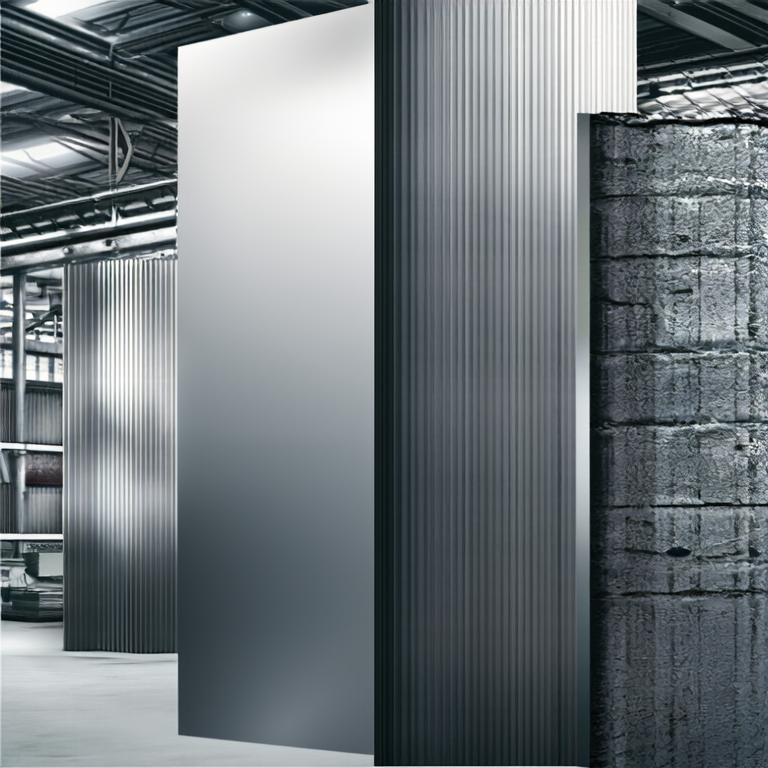Introduction
When choosing materials for construction or manufacturing, the decision between stainless steel and mild steel can be confusing. Both types of steel have unique properties and uses. Knowing these differences can help you make the right choice. As a Steel Products Manufacturer, understanding these materials is crucial. Stainless steel is known for its corrosion resistance. On the other hand, mild steel is valued for strength and weldability. Let’s explore how these two compare and what makes each suitable for various applications. 
Summary Answer
**Stainless steel is more resistant to rust and corrosion than mild steel. Mild steel, however, is easier to work with and often more affordable. The choice depends on the project's specific needs and environmental factors.**
Key Differences Between Stainless Steel and Mild Steel
1. **Corrosion Resistance**
- Stainless steel is rich in chromium. This makes it resist rust and corrosion. In contrast, mild steel lacks this feature and can rust when exposed to moisture.
Data Overview:
The corrosion resistance of stainless steel can reach up to 85% in humid environments, while mild steel can corrode easily within weeks when exposed to water.
2. **Strength and Ductility**
- Mild steel has excellent ductility. This means it can be bent and shaped without breaking. Meanwhile, stainless steel offers high tensile strength but is less ductile.
Statistical Comparison:
Stainless steel has a tensile strength of around 200-650 MPa, whereas mild steel ranges from 250-500 MPa, making mild steel less strong than some stainless steel types.
3. **Applications**
- Stainless steel is often used in kitchen appliances and cryogenic applications because of its non-corrosive nature. Mild steel is more commonly used in construction and automotive parts due to its high strength and low cost.
Casual Use Cases:
While stainless steel is used in 70% of high-end appliances, mild steel is preferred in over 65% of construction projects due to its affordability and availability.
Conclusion
Understanding the differences between stainless steel and mild steel is essential for choosing the right material for your project. Stainless steel's corrosion resistance makes it ideal for wet environments, while the strength of mild steel suits construction needs. Whether you're a Steel Products Manufacturer or a DIY enthusiast, these insights will help you make informed choices for your applications.
FAQ
1. **What is the main difference between stainless steel and mild steel?**
The main difference is corrosion resistance. Stainless steel resists rust better than mild steel.
2. **Is mild steel stronger than stainless steel?**
It depends on the type. Some stainless steels are stronger due to their composition while mild steel offers great ductility.
3. **Where is stainless steel commonly used?**
It is often used in kitchens, medical instruments, and outdoor structures due to its corrosion resistance.
4. **Can stainless steel be welded like mild steel?**
Yes, but it requires specific techniques and tools to avoid issues like warping.
5. **Which type of steel is more cost-effective?**
Mild steel is generally more affordable than stainless steel, making it a popular choice for many projects.